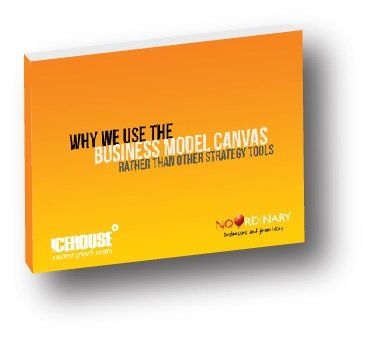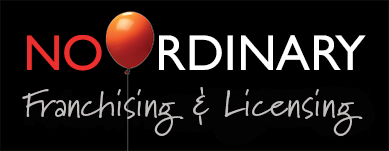Here’s where 99.99% of business owners get confused.
We’ve been taught that the tool for developing strategy in our businesses is a business plan.
We’ve been misled. And as one strategy expert has said, “When leaders substitute visions, missions, purposes, plans, or goals for the real work of strategy, they send their firms adrift.”
Uh oh.
In this article:
- What’s the difference between a business model and a business plan?
- How do you develop the ideal business model?
- What are the steps you need to take in developing your model?
- Why you need help with all that
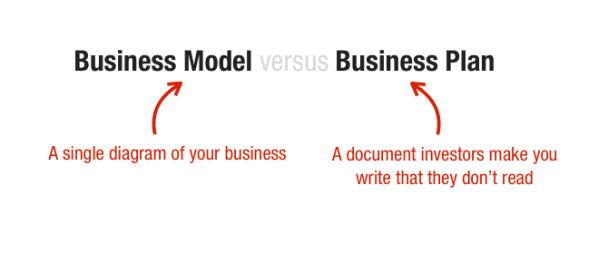
A business model describes how your company creates, delivers and captures value. That’s the very essence of business. How well your company does it spells the difference between success and failure – and degrees of success. For that reason, a business model has to be responsive to what you find in the real world outside your office by talking to customers. It’s dynamic, and it requires you to be agile and continually challenging your assumptions.
On the other side of the coin, a business plan is about execution, taking action. It’s about agreeing and aligning the business’s visions, goals and action plans. There’s nothing wrong with that, but the trouble is, as Steve Blank said in the Wall Street Journal, that business owners treat a business plan, once written, as the culmination of everything they know and believe. “All they need to do is add money and magically that five-year forecast in Appendix A will simply happen if they execute to the plan,” he said.

How do you develop the ideal business model?
By asking the tough questions, according to Ken Favaro, a senior partner with Booz & Company (great name for a consultancy firm) in a recent article in Strategy + Business (dull name for a strategy and business magazine). He calls them “the strategic five”.
- What business or businesses should you be in?
- How do you add value to your businesses?
- Who are the target customers for your businesses?
- What are your value propositions to those target customers?
- What capabilities are essential to adding value to your businesses and differentiating their value propositions?
What are the steps you need to take in developing your model?
The first step is to put processes in place in your business which cause you to challenge the existing assumptions in your business model, says Professor Rita Gunther McGrath of Columbia Business School, who we met in our article ‘Why your business model is in trouble (and what you can do about it)’.
She gives the example of Andrea Jung, the former CEO of Avon, who when things were going badly for the business, fired herself on Friday and rehired herself on Monday, looking at everything with fresh eyes. This led Jung to change course and make radical changes to Avon’s business model, which were ultimately successful in improving the business’s fortunes at the time.
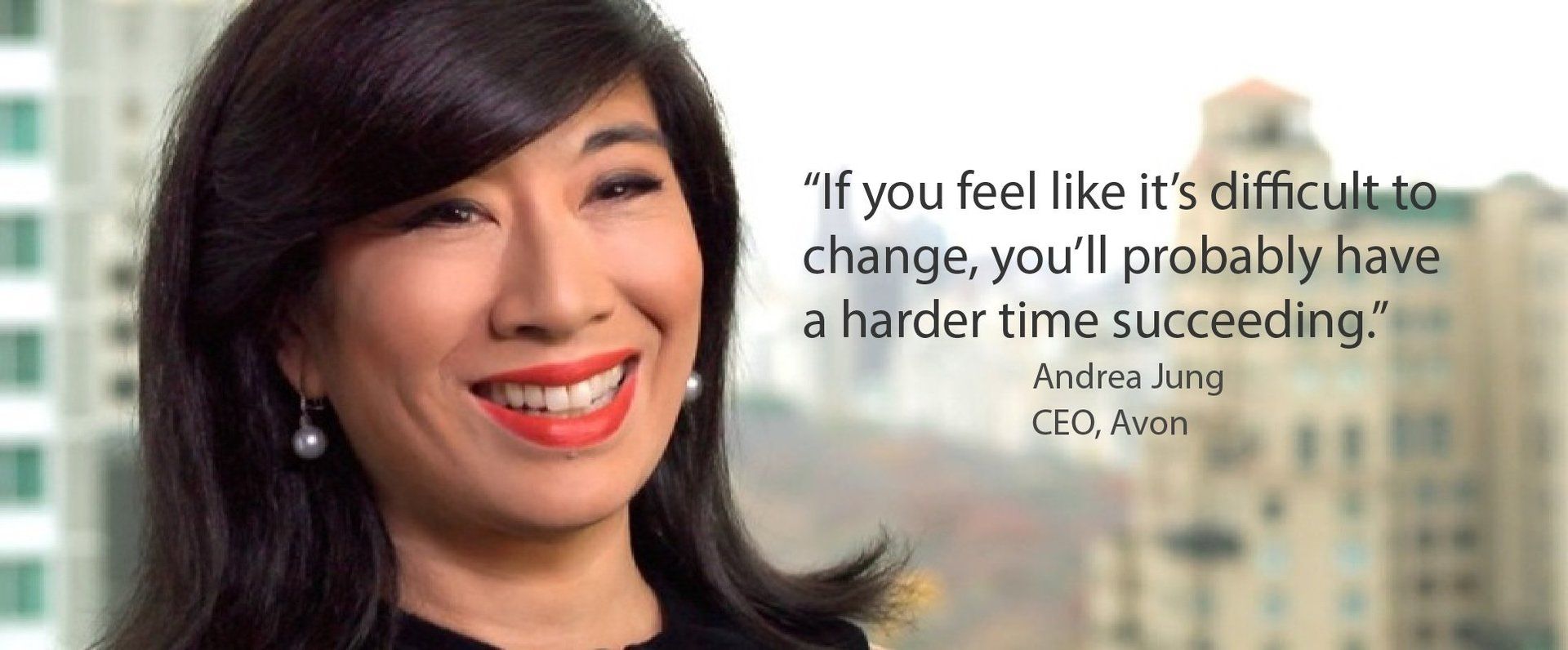
The next step, says McGrath, is to bring together “a diverse group — people who know something about the technology, people who understand customer needs, people who have a longer view of where things might be evolving — and develop hypotheses about the areas where you should experiment.”
Experimentation — trying out different ideas on a small scale to see what works — is the third step.
Why you need help with all that
Every business owner recognises the importance of working on the business, not in it, but that’s easier said than done. Especially when the business owner and his or her team has had a stake in developing the current business model. Challenging the status quo can be seen as career threatening.
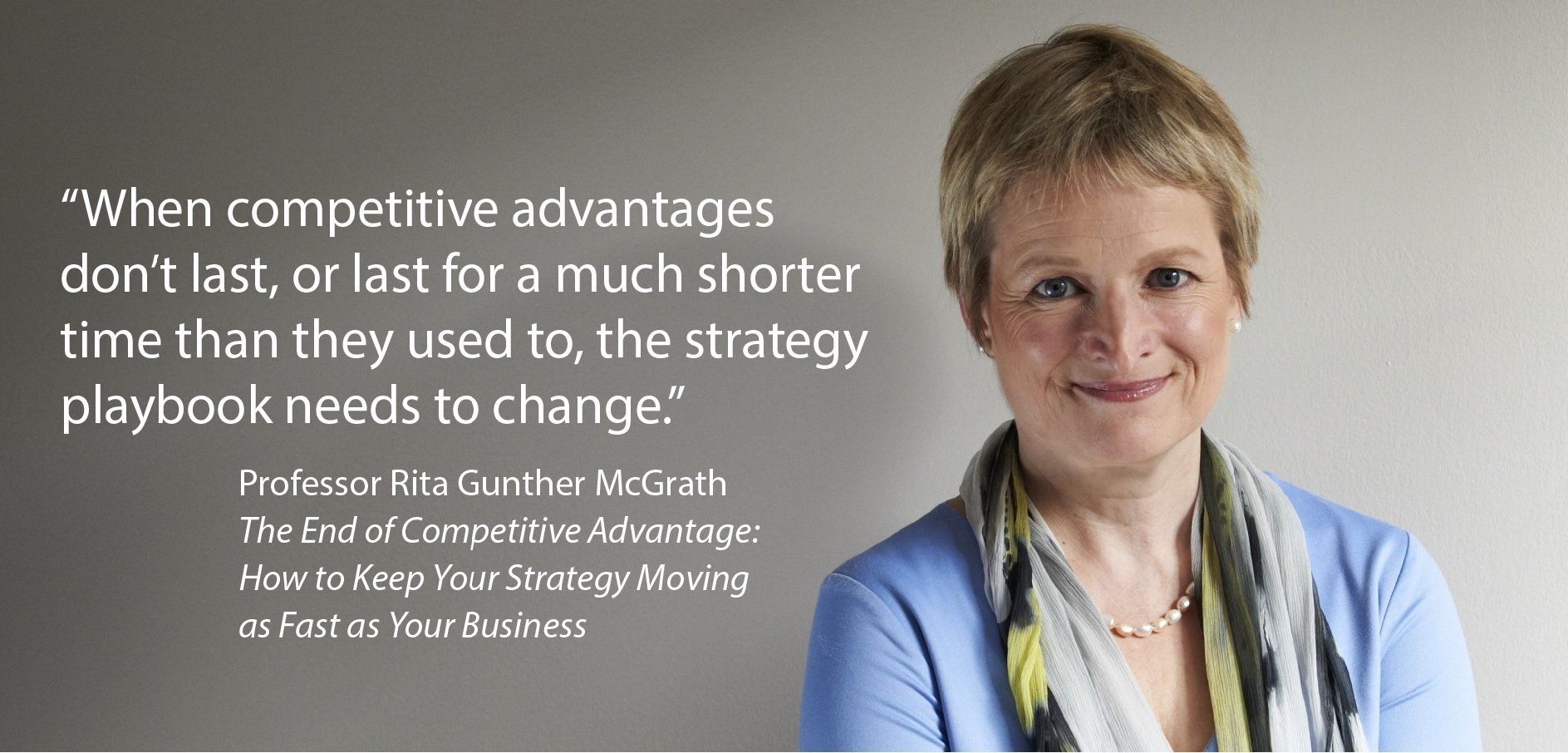
I make that help and expertise available to a wide range of businesses, but because franchises are different from other types of businesses, I’ve also developed my exclusive Business Model Evaluation and Innovation Programme specifically for Franchisors.
Contact me for a free Initial Consultation.
I’m Robin La Pere, no ordinary business, marketing and franchise consultant.
Like most of us in business, I was taught that the foundation of a solid business is a good business plan. But it didn’t take me too long to figure out that most business plans aren’t as good as the paper they're written on. (I’ve never been too sure what that means but you get the idea so please bear with me.) Mainly because strategy is a moving target and any business plan becomes obsolete as soon as it’s written down. Meaning that the most important thing about business planning is not the document itself, but the thinking that goes into the document.
But I felt there was something else missing in the traditional business planning process. There was a strong focus on visions, values and goal setting. Nothing wrong with that – but where was the customer in the whole process?
That's when I came across what was then a radical new approach to business strategy: The Business Model Canvas pioneered by Swiss business theorist Alexander Osterwalder. The difference between the BMC and pretty much everything that came before it is that it centers on the Customer Value Proposition – that is, how your product or service solves customers’ problems and creates and captures value.
That, to me, is the key to success in business. And is why I use my own version of the BMC, customised to meet the needs of my clients and their customers.
Relevant Articles
There are only two ways to futureproof your business. Evolve. Or Die.
Why your business model is in trouble (and what to do about it) (free e-book)
The robots are coming for your business


